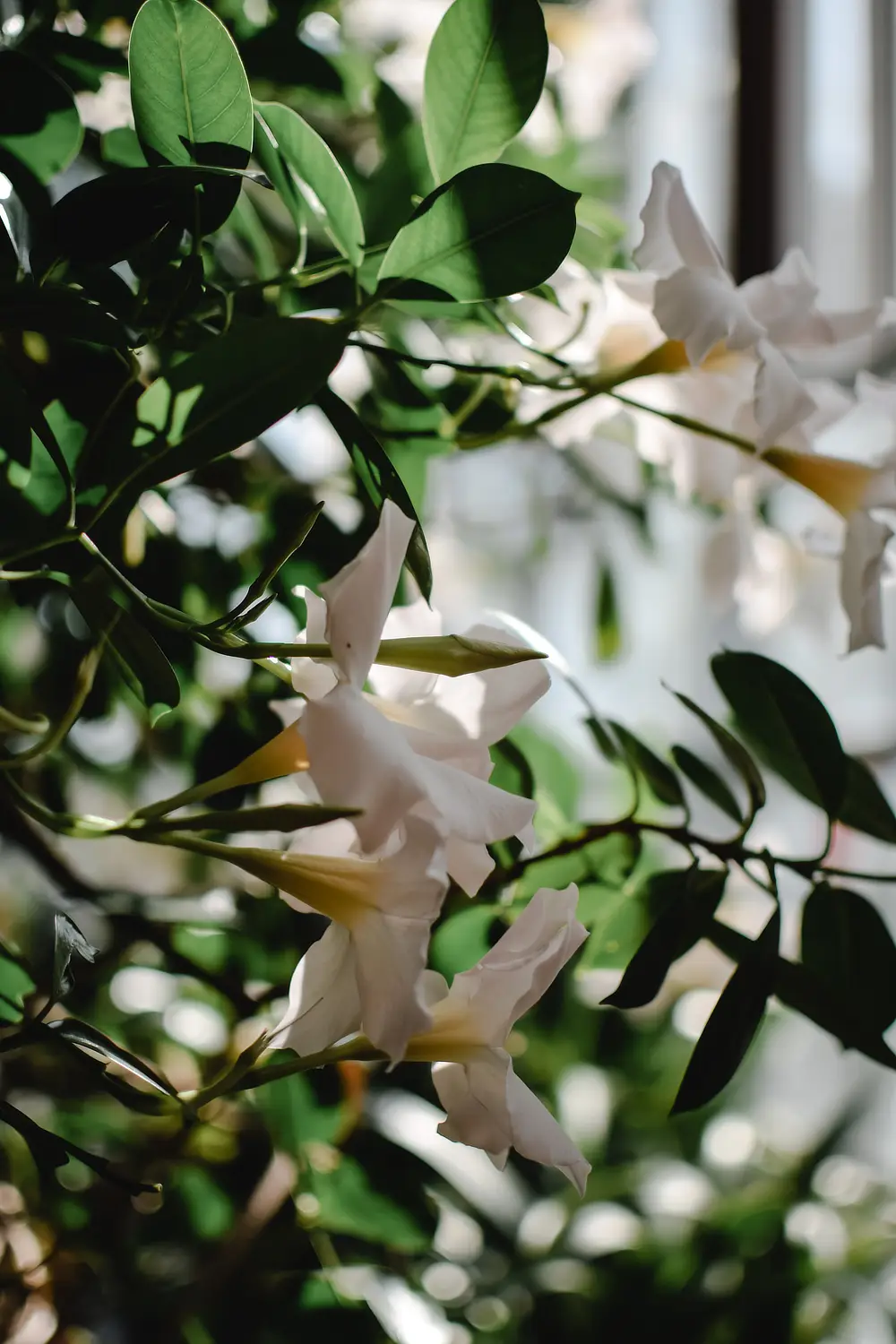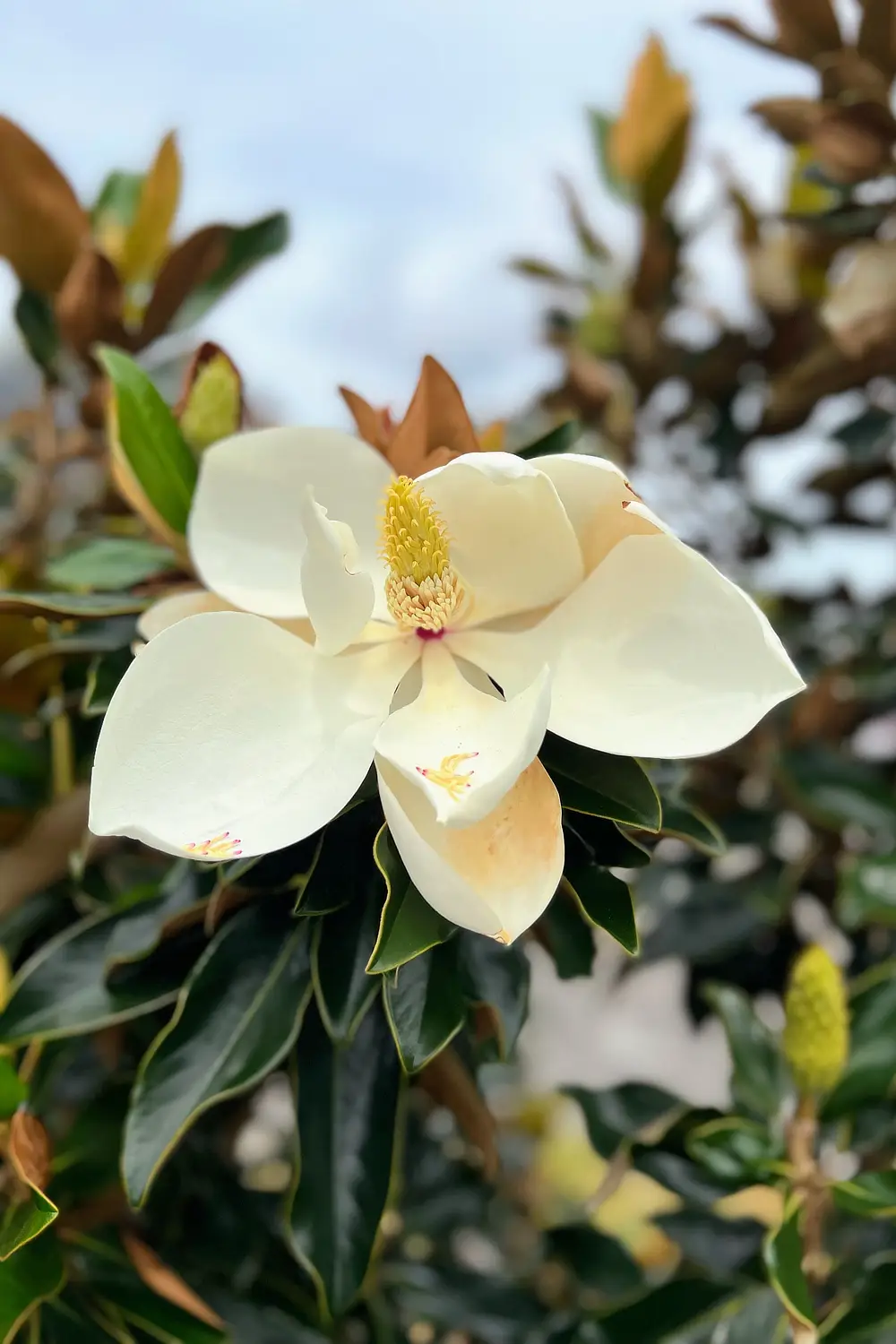There is always a time when many of us reassess their garden space and consider what they want to achieve in the year ahead. However, with the cost-of-living crisis in full swing it can seem like a nice garden is well and truly at least another year away- but it doesn’t need to be, gardening can be very cheap indeed and you really can have a green oasis for a fraction of the cost.
Taking care of your garden tools is the best way to make them last, cutting tools such as secateurs and pruning shears need to be kept clean and sharp not only for longevity but to prevent disease spreading between your plants. If you can reduce pests and diseases, you’ll spend less on costly rectification methods such as sprays and traps. Every time you use your tools give them a spray and wipe with a mix of water and alcohol as this kills the pathogens on the blades. Sharp blades give clean cuts with minimal surface area open to the elements and sharpening stones can last a lifetime. When using a sharpening stone pull the stone towards you over the blade rather than push it away from you as this prevents rounding of the edge of the blade.
Buying plants is one of the largest expenses of any garden so make sure you have a plan to work towards so you can slowly add to the space over time and not end up with a chaotic hodge-podge of plants. Growing from seed is a very cost effective and incredibly rewarding way to bring plants into your garden and often packets come in numbers of 50 or 100 so you’ll have plenty to trade with other like-minded gardeners.
You can easily collect seed from your existing plants to grow more by simply covering spent flowers with a paper bag sealed tightly around the stem with a rubber band and as the seed is released its collected in the paper bag. The majority of seeds require some form of action such as drying or heating before germinating so check on the specific plant to ensure success.
Now is not the time but lifting and dividing your perennial plants will increase their numbers so you can move them around your garden giving you a full and bursting oasis. Do this in early autumn so they have time to recover before slowing down in winter but after the heat of summer has pasted.
You can start some air layering of your shrubs or a friendly neighbours’ shrubs now to create more plants for free. Many shrubs can be used for this including magnolias, viburnums roses and even Buxus. You need to take a part of the stem that is clear, as in in-between leaf nodes and slightly wound the plant by peeling back the bark with a knife, then wrap this in wet sphagnum moss and secure it by covering it in plastic (to keep moist) secured with string. This will then, over time, fill with roots and you can cut it away from the parent plant and pot it up or plant it directly in the garden.
Small plants will establish much quicker if they have good soil to grow in and nourish them and the best way to achieve this is to improve it with compost. Avid readers will have read my column on how to create a compost heap last week and it’s a great absolutely free way to reduce waste and create an additive that will bring your soil and plants on in leaps and bounds.
You can add a designer touch in the garden by introducing some vertical planting whilst keeping maximum floor space with a low cost recycled green wall. Start by taking old plastic bottles and cutting off the base, by hanging these upside down you have a mini planter that can drain into a another mini planter below simply by hanging them up with some wire or string. The more bottles you have the larger the system can be and it only needs a slow drip of water from the top to percolate down through the whole lot making it water efficient too. These are a great way to show off your succulents and seed grown flowering annuals such as petunias.


